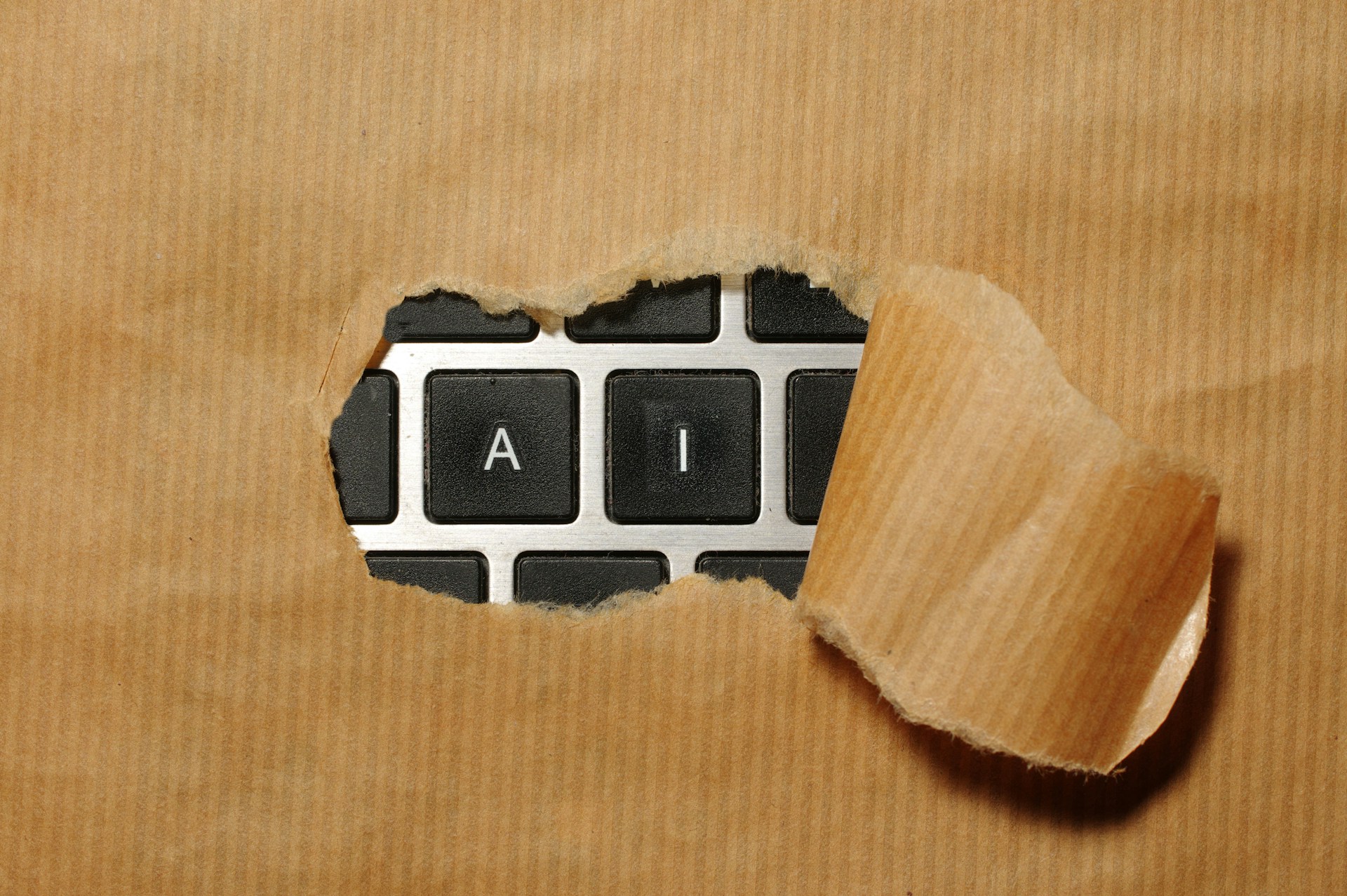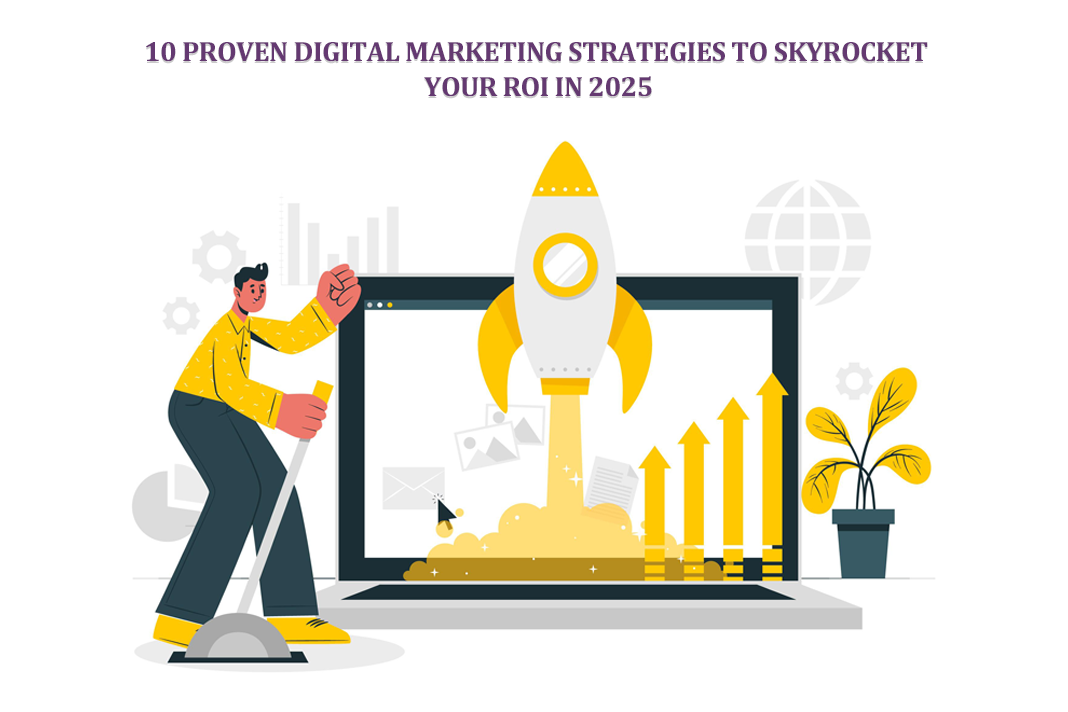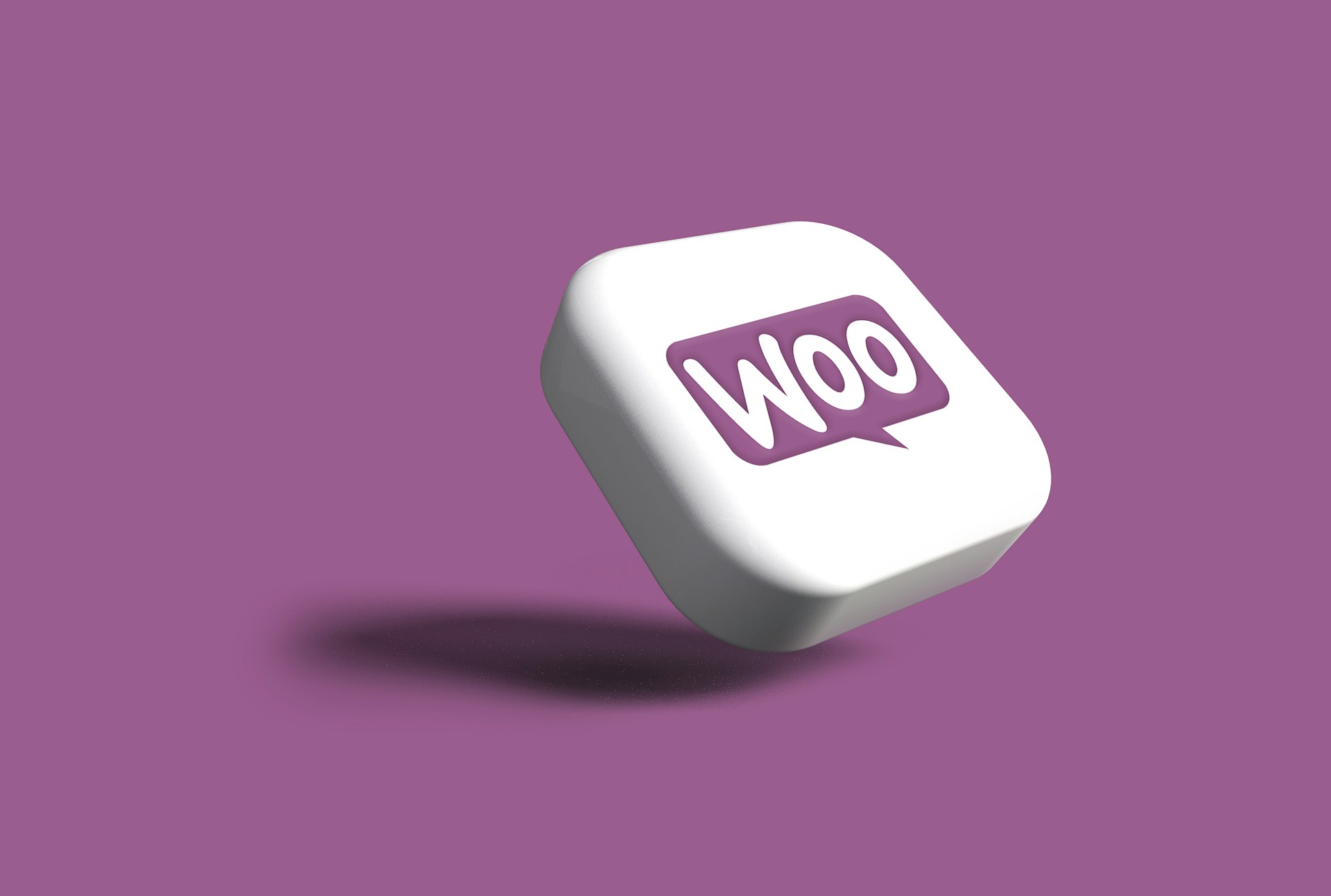JPEG VS PNG: Which One Should You Use?
There isn’t a single size that fits all for image file formats. With several options to export or save your images, the decision may seem complex. Don’t fear though. Today, we will help you identify which format of the image you should choose. So, here is a detailed guide to JPEG vs PNG:
Quick Links
What is a JPEG file?
JPEG or Joint Photographic Experts Group images are the most common ways to store digital images. Several modern cameras utilize them to store and shoot images. JPEGs go through a compression procedure to lessen the size of the image file significantly, making them easy to load and store on web pages. JPEG may contain around 16 million colors. PNGTank.com can help find the differences between JPEG and PNG files. So, let’s explore:
What is a PNG file?
PNG or Portable Network Graphics can be compressed, and like JPEG images, can handle almost 16 million colors. They are mainly used for logos, graphics, illustrations, and charts, instead of high quality pictures, since they take up more storage space compared to JPEG images. One thing PNG images offer that JPEG images don’t is the ability to handle the graphics having a transparent background.
JPEGs VS PNGs – Which One to Choose?
JPEGs are quite popular with businesses and photographers that need to manage larger image libraries. Their reduced size enables different digital photos to be downloaded and shared simultaneously. To make an efficient use of storage space, JPEG images can keep the image library more streamlined, with no long wait for files to open. With their enhanced and widespread use, JPEGs are editable and viewable across a wide range of programs and operating systems, hence you are unlikely to need special software to work on this format of images.
On the other hand, PNG images are not really built to store high quality images. They specialize in handling some high contrast and detailed web graphics. They are usually the default format for images like screenshots as they can offer a highly precise representation of the desktop, and don’t compress the pixels altogether. A massive lossless compression and color palette ensure they retain excessive detail, making them a perfect choice for charts and illustrations.
How quickly a website loads and how images and graphics appear depend on the use of right image formats. It is easier to be confused on whether to save your image file as PNG or JPEG. A common rule is to use JPEG images that don’t have a transparent background. You can choose PNG format for images having a transparent background, graphics and images where color vibrancy and clarity are crucial.
Hence, one can say that the choice of image format depends on the type of image and your ultimate needs. A certain format is right for a certain type of image, therefore, choose the right format for the right image. As explained above, for graphics and files with transparent background, PNG is the right format, and JPEG for others!
Essential Tools for Enhancing Web Design and UX Hosting
Have you ever visited a website that felt slow, clunky, or confusing? A website that is poorly…
0 Comments11 Minutes
How a Mini Cart Transformed My Store’s Shopping Experience
Okay, real talk—running an online store is hard. You think you’ve got everything figured out, you…
0 Comments9 Minutes
Balancing Your Security Initiatives With Industry Compliance Requirements
Managing a business today comes with a number of daily battles that need to be fought. Resources…
0 Comments11 Minutes
Best plugins to enhance the customer shopping experience
Customer experience is a key part of every online store. A good experience helps customers find…
0 Comments7 Minutes
AI Content Generating Tools: Is It A Collaboration or Competition For Content Creators?
Artificial Intelligence (AI) has created waves in content creation in business verticals. From…
0 Comments13 Minutes
How to boost user engagement and conversion in WooCommerce?
One thing that is not changing today or in the coming future is the impact user engagement has on…
0 Comments9 Minutes
10 Proven Digital Marketing Strategies to Skyrocket Your ROI in 2025
Why do some companies have a more robust online presence than others? Marketers know very well…
0 Comments12 Minutes
Why Is Woocommerce Suitable For Small Businesses?
Are you finding yourself more confused than usual when choosing your online business’s platform?…
0 Comments8 Minutes








